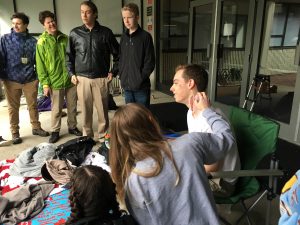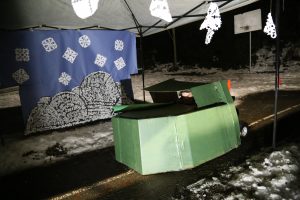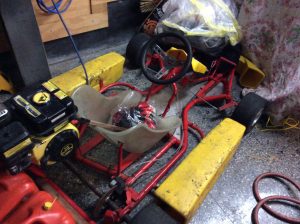Grade 11 done just like that. It’s hard to think 10 months have gone by that fast. With PLP in the past 10 months I have traveled thousands of kilometers from seeing the first Nuclear reactors to produce nuclear fuel for the japan bombings, to going down to Arizona and Nevada to see artifacts of history that other students would never be able to do. Plp this year has really helped me out for the next step and that is the WORLD, yep you read that right, the world.
This year in Plp I learned skills that will help me out on my way into my next stage into life as I am graduating this year. What I have done is since this January I have decided to Grade 12 online and be able to go to BCIT next January in 2018 a year ahead. What I am planning to go into is heavy duty mechanics and engineering, I’ll be doing a 4 year program to get my heavy duty mechanics red ticket. (The red ticket is like a global pass to work anywhere for that type of work). The reason why I have chosen this career path is because I am very talented with this type of work as I have been working with engines my whole life with my dad. For example I have rebuilt a small block 350 chevy V8 that is in a ski boat.
As being in the Plp program for 3 years now I think ad never be here if it wasn’t for this program. Plp has taught me how to look at things and learn beyond on what you just see with your eyes. This is going to be very helpful for the future as I know I will want to learn many more things. Plp has shown me how come up with questions that wake you more curious into the topic. How I can relate to this is heavy duty mechanics have to find out what the problem is with the machine and fix it while thinking about any other that could be wearing down.
Before I wrap up this post I just want to say that Plp has prepared me for the world better than any other class room has. This program has helped me out from learning how to teach my self-better without the guidance of a teacher, to the biggest one life skill I have learned from this program and that is showing your work to the WORLD. Why is this so important? Because if you can make things that people like, you get to be more of a leader. Just think about it.
















